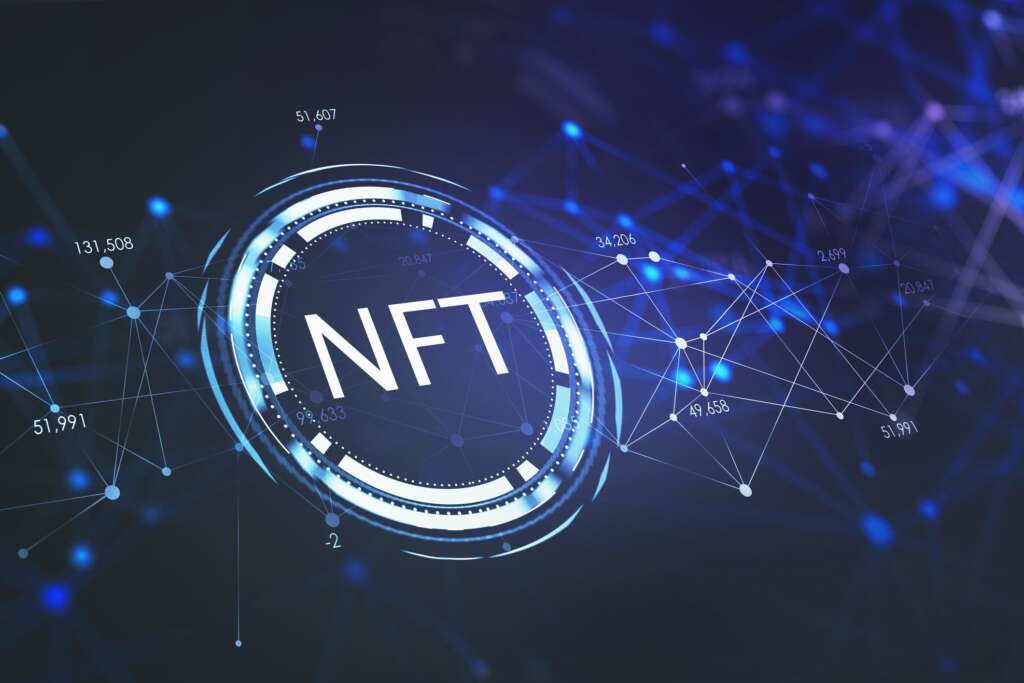
What are NFTs and how do they work
I. Introduction to NFTs
A. Definition of NFTs
In the realm of digital assets, NFTs, or non-fungible tokens, have emerged as a revolutionary concept. Unlike cryptocurrencies like bitcoin or ethereum, which are interchangeable, NFTs are unique and irreplaceable digital tokens. They represent ownership and authenticity of one-of-a-kind digital items or creations.
B. Importance and popularity of NFTs
NFTs have garnered tremendous attention in recent years, capturing the imagination of artists, collectors, gamers, and investors alike. Their popularity stems from their ability to bring value and ownership to digital creations, fostering new opportunities for creators and collectors.
C. Brief history of NFTs
While NFTs have exploded in popularity in recent years, their origins can be traced back to 2012 with the creation of the colored coins protocol. However, it was not until the launch of ethereum and the development of erc-721 standard in 2017 that NFTs gained mainstream recognition.
II. What are NFTs?
A. NFTs vs. Cryptocurrencies
To understand NFTs, it’s essential to differentiate them from cryptocurrencies. Cryptocurrencies are fungible and can be exchanged on a one-to-one basis. NFTs, on the other hand, are unique and indivisible digital assets that represent ownership of specific items or content.
B. Unique digital assets
NFTs can represent a wide range of digital assets, including digital art, music, videos, virtual real estate, and more. Each NFT is distinguishable from others, making it a digital certificate of authenticity and ownership.
C. Ownership and provenance
One of the key features of NFTs is their ability to prove ownership and establish the provenance of a digital item. Blockchain technology ensures that the ownership record is immutable and transparent, preventing unauthorized duplication or forgery.
D. Digital scarcity
NFTs introduce the concept of digital scarcity to the internet. By limiting the supply of a particular NFT, creators can enhance its perceived value, similar to physical collectibles.
III. How NFTs work
A. Blockchain technology
- Overview of blockchain: NFTs rely on blockchain technology for their existence. Blockchains are decentralized ledgers that record all transactions transparently and immutably.
- Ethereum as a primary platform: While various blockchains support NFTs, ethereum is the most prominent platform due to its robust smart contract capabilities and established NFT standards.
B. Smart contracts
- Role in NFT creation and management: Smart contracts are self-executing agreements that automate various aspects of NFT creation and management, such as royalties for creators.
- Automation of transactions: Smart contracts enable automatic and trustless transactions when NFTs are bought, sold, or transferred, eliminating the need for intermediaries.
C. Minting NFTs
- Process of creating NFTs: Creating NFTs, known as minting, involves uploading digital content to an NFT platform and attaching metadata, including title, description, and attributes.
- Metadata and token standards (erc-721, erc-1155): NFTs adhere to specific token standards, with erc-721 and erc-1155 being the most common. Metadata provides essential information about the NFT.
D. Buying and selling NFTs
- NFT marketplaces: NFT marketplaces are online platforms where users can browse, buy, and sell NFTs. Examples include Opensea, Rarible, and NBA top shot.
- Bidding, auctions, and fixed-price listings: NFTs can be sold through various methods, including auctions, bidding systems, and fixed-price listings, offering flexibility for both creators and collectors.
- Payment methods: Payment for NFTs typically occurs in cryptocurrency, primarily ethereum, although some marketplaces accept credit card payments.
E. Ownership and provenance
- Immutable ownership records: The blockchain ledger ensures that ownership records are immutable and publicly accessible, allowing anyone to verify ownership.
- Proving authenticity and ownership history: NFTs provide a transparent trail of ownership history, making it possible to verify the authenticity of an item and trace its origins.
IV. Use cases and applications
A. Art and collectibles
- Digital art NFTs: NFTs have disrupted the art world by allowing digital artists to sell their creations as NFTs, providing a new revenue stream and provenance for their work.
- Collectible NFTs: Digital collectibles, such as trading cards and virtual pets, have become popular NFT use cases, with collectors seeking rare and unique items.
B. Entertainment and media
- Music NFTs: Musicians and artists have embraced NFTs to release exclusive tracks, albums, and concert tickets, giving fans unique experiences and ownership rights.
- Film and video NFTs: Filmmakers and content creators have explored NFTs to fund, distribute, and monetize their works, while collectors gain access to exclusive content.
C. Gaming
- In-game items and skins: NFTs have revolutionized the gaming industry by allowing players to buy, sell, and trade in-game items, enhancing player engagement and ownership.
- Virtual real estate: Virtual worlds and metaverse platforms have introduced NFT-based virtual real estate, creating new opportunities for investment and social interaction.
D. Real-world assets
- Tokenization of physical assets: NFTs are expanding beyond the digital realm, with real-world assets like real estate, luxury goods, and even shares of companies being tokenized as NFTs.
- Real estate NFTs: Real estate NFTs enable fractional ownership of properties, making it more accessible for investors and allowing for seamless property management.
V. Challenges and concerns
A. Environmental impact
The energy consumption associated with blockchain mining, especially on platforms like ethereum, has raised concerns about the environmental impact of NFTs.
B. Copyright and plagiarism
NFTs have been plagued by copyright issues and plagiarism, as it can be challenging to verify the originality of digital content.
C. Speculation and volatility
The NFT market has experienced significant price volatility, with some NFTs selling for astronomical sums, leading to concerns about speculative bubbles.
D. Scalability issues
The current blockchain infrastructure faces scalability challenges, resulting in slow transaction times and high gas fees, which can hinder the NFT ecosystem’s growth.
E. Regulatory and legal challenges
The regulatory framework for NFTs is still evolving, with governments worldwide exploring how to classify and tax NFT transactions.
VI. Future trends and developments
A. Layer 2 solutions
Layer 2 solutions, such as ethereum’s upcoming upgrades and other blockchain alternatives, aim to address scalability issues and reduce transaction costs.
B. Integration with other technologies (AR, VR)
NFTs are expected to integrate with augmented reality (AR) and virtual reality (VR) technologies, creating immersive digital experiences and new opportunities for creators.
C. Expansion of NFT use cases
NFTs will likely find applications in industries beyond art, gaming, and entertainment, such as education, healthcare, and supply chain management.
D. Evolving regulatory landscape
Governments and regulatory bodies will continue to define and refine regulations related to NFTs, impacting their adoption and use.
In conclusion, NFTs, or non-fungible tokens, represent a groundbreaking innovation in the digital world, offering unique ownership and authenticity for digital creations and assets. These tokens, powered by blockchain technology and smart contracts, have found applications in art, collectibles, entertainment, gaming, and even real-world assets. While NFTs have garnered immense popularity and transformative potential, they also face challenges, including environmental concerns, copyright issues, and market volatility. Nevertheless, as technology evolves and regulations mature, NFTs are poised to continue shaping the future of digital ownership, expanding into new industries and use cases, and offering exciting opportunities for creators and collectors alike.


